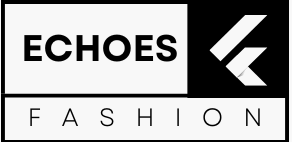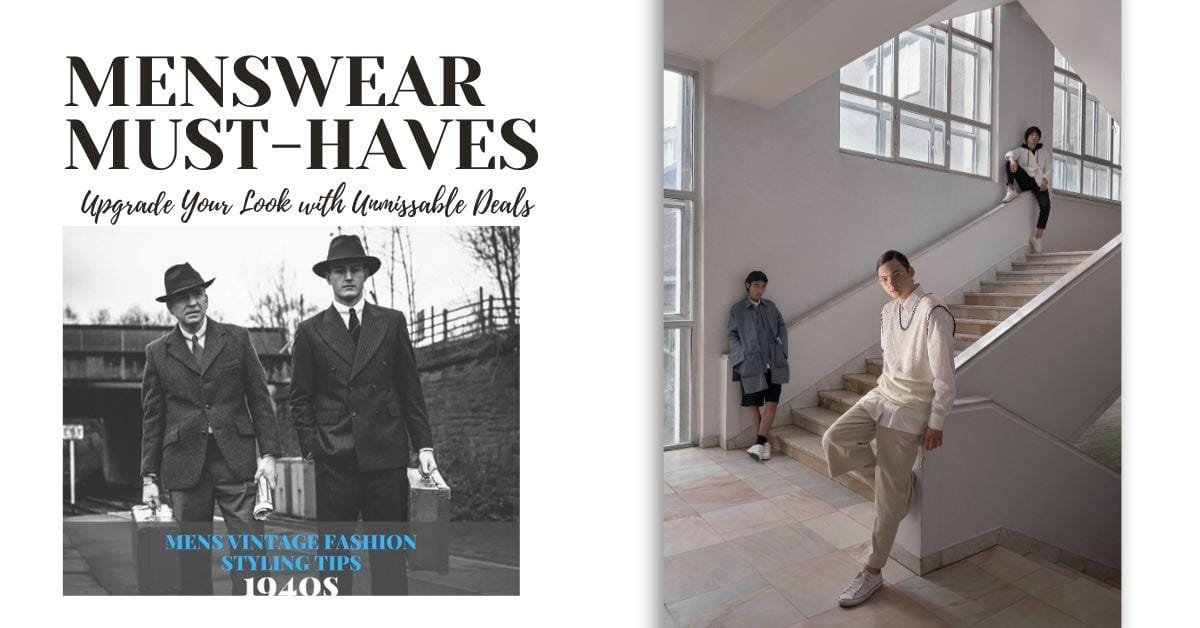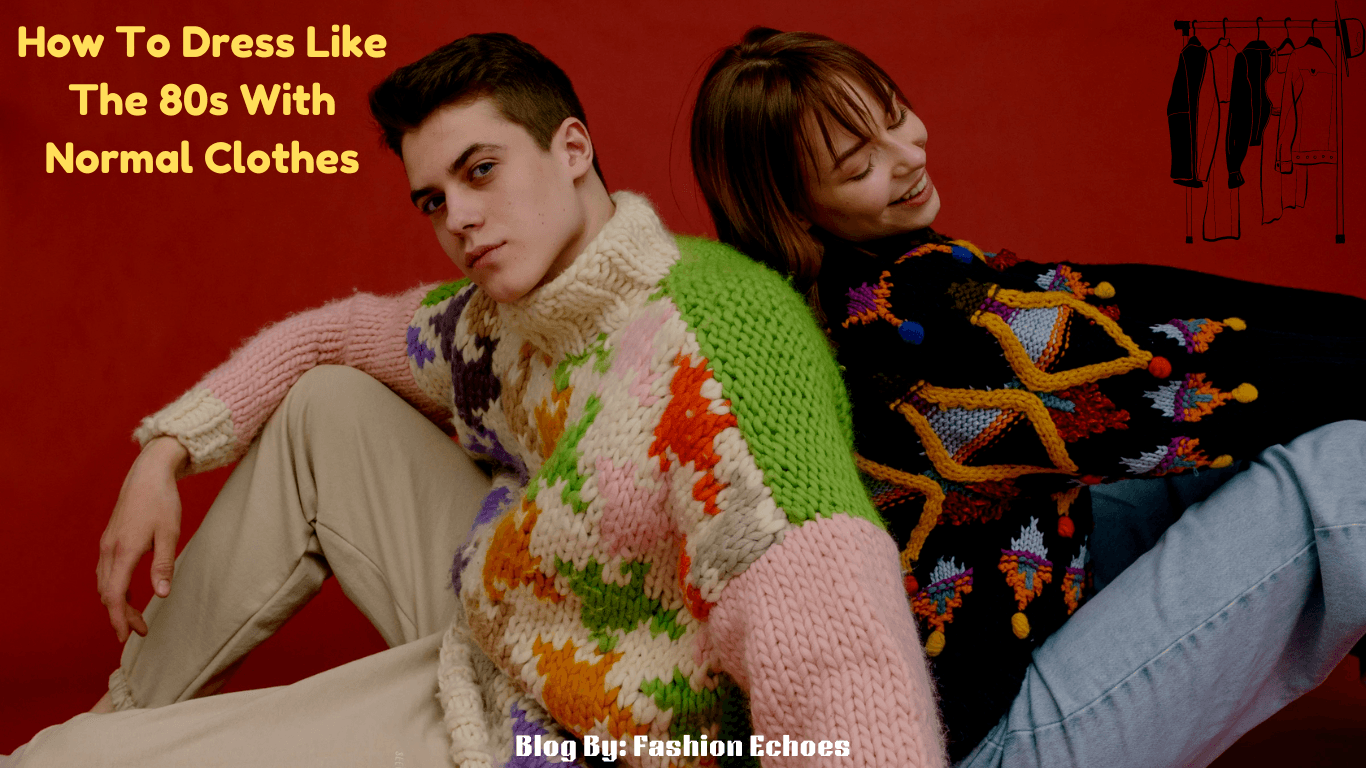1940s Men’s Fashion
Men’s daytime, athletic, and evening attire from the 1940s men’s was designed to make a man feel “bigger than life. “The cut of the clothing, the patterns, and the style elements that showed one’s patriotism for his nation made 1940s men’s fashion distinct from other decades.
Sport and Casual Clothing in the 1940s men’s fashion:
The post-war casualty rate created a huge demand for men’s pullovers, vests, and knit shirts.
They had narrow ribbed neck and sleeve bands, a broad ribbed bottom, and were constructed of textured, ribbed knits that fit quite tightly. Almost often, necks were high on the neck and circular, with a tiny V-neck for a unique look. Both tucked-in and untucked looks are acceptable; the former is the most popular. Particularly prevalent were solid hues, broad horizontal stripes, and “Norwegian” wintertime patterns.
Wearing a long-sleeved dress or casual shirt underneath, knit V-neck vests were designed in the same colors and style as shirts. They were knitted with combinations of rayon and cotton fabric in the summer and wool in the winter for added warmth. A popular three-piece outfit among golfers and sports fans was this one from the 1940s men’s fashion. Typically, pullovers created a striking contrast with the shirts below and the trousers, resulting in an extremely vibrant ensemble. For instance, a wine-colored shirt paired with navy pants and a grey pullover, or a shirt with green slacks and a blue pullover.
Casual collared shirts featured a straight bottom cut and either long or short, boxy sleeves. Like dress shirts, large soft collars could be worn closed, although they were most commonly worn open with the top button undone. Shirts had two breast pockets with fold-over flaps, button closures, or welts. Colors could be plain tan, brown, blue, green, or maroon, and plaids, checks, windowpane, and stripes were also highly popular for casual clothing in 1940s men’s fashion.
After the war, the hand-painted tropical scenery with birds and flowers, known as the Hawaiian “Aloha” shirt, became popular. They were worn untucked and fit very loosely. Even though the majority of designers included sports shirts with tropical themes in their collections, they were imported from Hawaii.
American Western films produced by Hollywood sparked a trend in boys’ and men’s Western-inspired apparel. Western-style shirts, hats, boots, and pants were equally popular among urban and rural residents.
Separately purchased pants were a little cozier and more colorful than suit pants for sporting events, casual daytime wear, and some job contexts. In cooler months, they were constructed of lighter wool mixes; in tropical areas, they were made of even lighter cotton poplins, gabardine (a blend of rayon), or seersuckers.
While more distinctive patterns like plaid, pinstripes, diagonal stripes, pin check, and herringbone in medium blues, maroons, and browns were preferred, solid colors like green, blue, and tan were standard.
They had broad, straight legs, ample hips, and a constricted, high waist. While single pleats were acceptable, flat fronts were favored. The lowered belt loops on the waistbands were always paired with a thin leather belt. Shirts were tucked in to completely reveal the pants. Seldom did shirts match pants. Rather, maroon shirts went with tan slacks, brown with plaid, blue with pinstripes, and so on.
Another more recent fashion that became fashionable in the 1930s was sports jackets. They also appeared in a variety of patterns, including tweeds, herringbone, chevron checks, chalk stripes, and Glenn plaids. Except for white pants, which were worn with a navy blue sport coat, they were all worn with solid color pants that were darker than the sport coat. Sport coats featured three-button fastenings, two enormous square pockets, and broad, rounded notch lapels. Numerous flap, slit, and patch types were available for pockets.
If you were not wearing a suit to work in the 1940s men’s, you should wear a collared shirt and work pants made of gabardine or strong cotton twill. Work pants had a single-leg crease and flat fronts. Additionally, the leg widths were often less than those of sports or suit pants.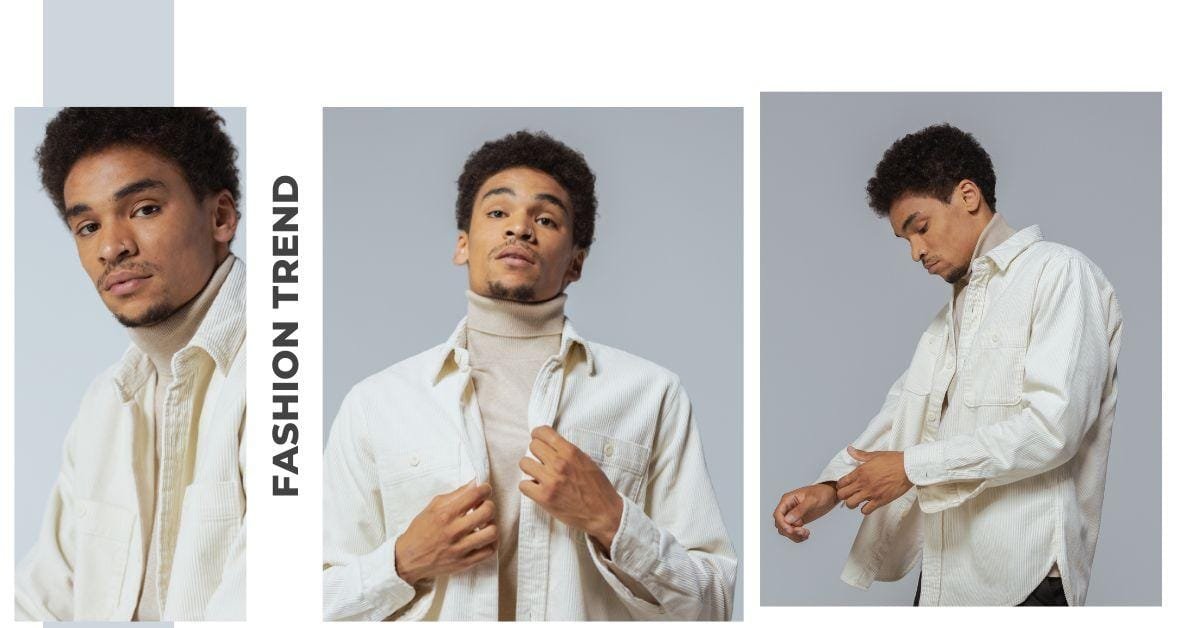
Tan, brown, navy, and hunter green were the predominant colors; however, occasionally plaid was added in. For most professions, a matching set of pants and shirts was standard. Open soft pointed collars, two patch pockets, and pleating for ease of movement at the back and arm openings were features of work shirts. Men looked good in public places when they wore a solid-colored tie with their business attire.
Wearing sturdy cotton canvas coveralls was a must for men whose jobs involved becoming dirty. With a straight leg, they were all one piece that buttoned down through the fly. They featured a pointed collar, long sleeves for protection, and a belt around the waist. Large patch pockets on the breast were also included for storing small items.
The 1940s were a pivotal period in history and a turbulent decade. Men’s dress was primarily utilitarian during the first half of the decade to support the war effort. But when it came to an end in 1945, a rigorous rationing era gave way to an opulent and fashionable one.
1940s Men’s fashion is largely regarded as the final decade of great refinement and helped to establish the present gentlemanly look.
We set out on a quest to discover the sources of inspiration for some of the most iconic men’s fashion looks from the 1940s in this blog.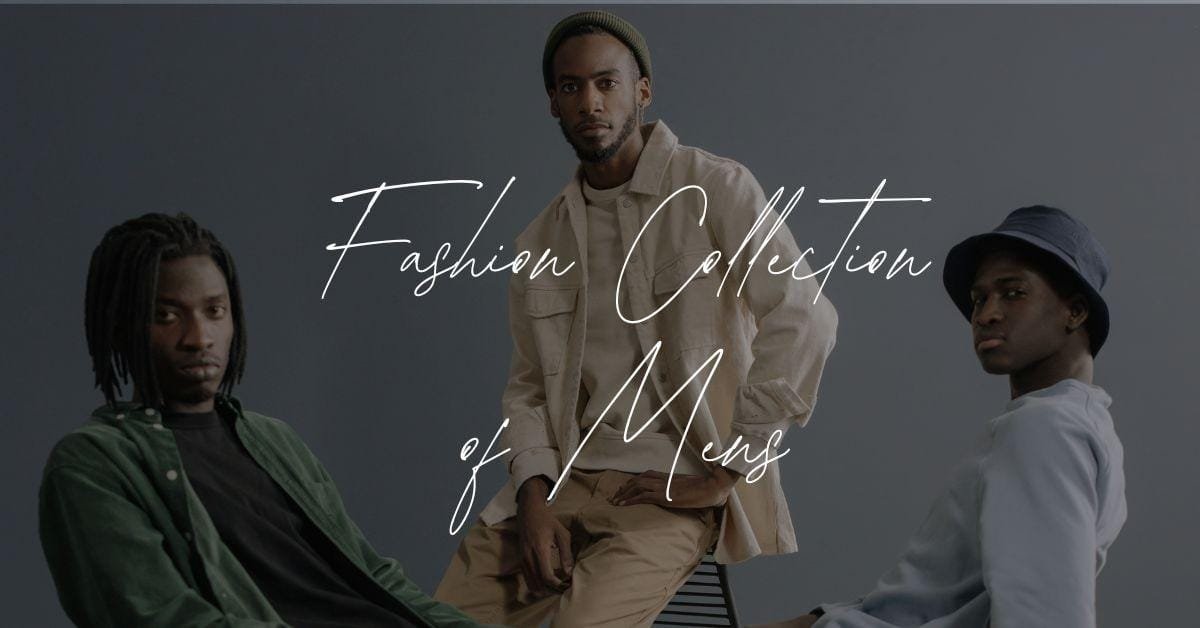
1940s men’s fashion during the war:
Britain faced another war just as the Great Depression was concluding. Regretfully, economics overruled stylistic statements in favor of practicality when it came to 1940s men’s fashion. All apparel had to be affordable and dependable.
Anyone spotted wearing flamboyant gear was considered unpatriotic, with natural fibers being preferred for military clothing instead of everyday use.
Vest or trouser cuffs, as well as pocket flaps, were eliminated from men’s suits. To try and fit in, those who were not engaged in combat frequently chose to dress simply and subtly.
The fashion world was dominated by France and Italy before the war. However, all connections with the latter were severed as they were considered the enemy when the war broke out in 1939, as was to be expected. Thus, the American 1940s men’s fashion scene was made possible.
